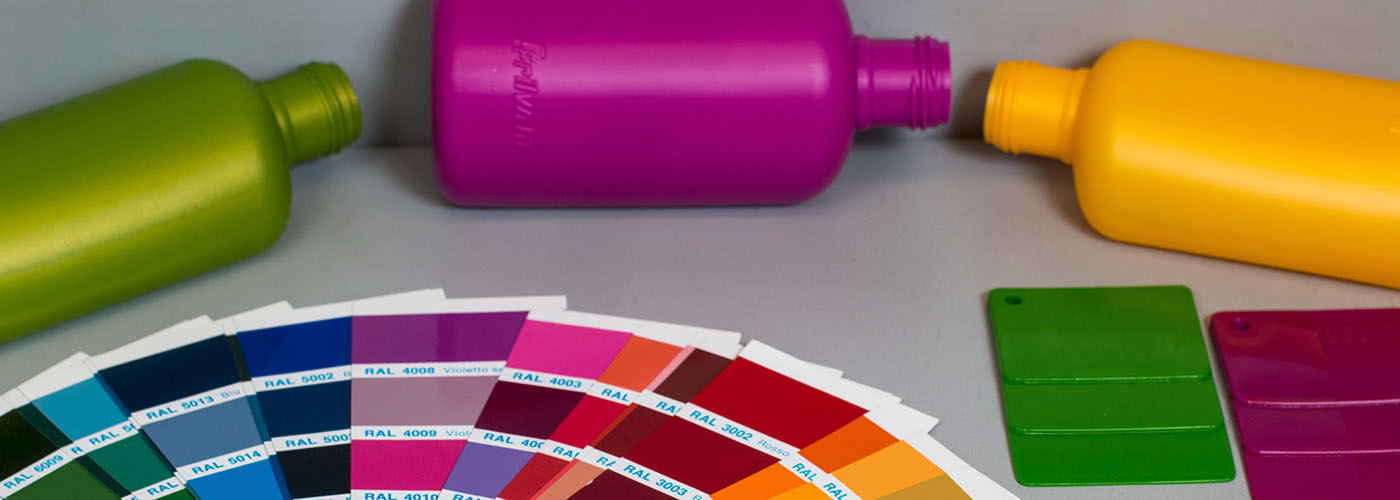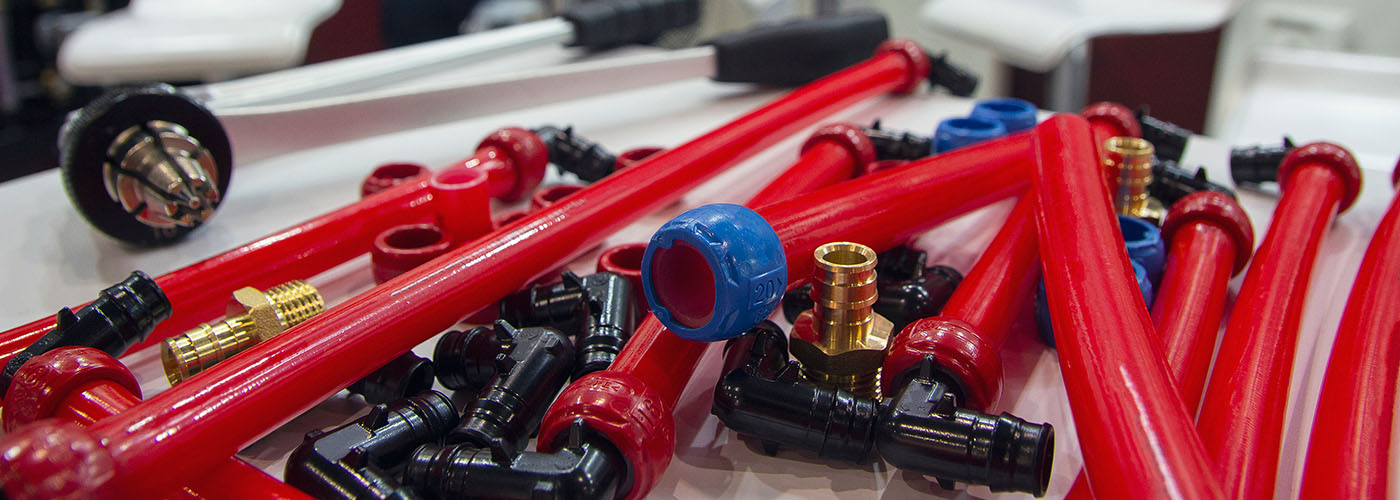Rubber, a highly saturated nitrile compounds (XNBR)
Carboxylated nitriles are harder, tougher compounds with higher abrasion resistance, modulus, and tensile strength than standard nitrile. They are less flexible at low temperatures and less resilient than non-carboxylated compounds.
Resistance to sour gasoline and ozone, elevated temperatures, oil additives, and copper-containing metal sludge. Good processibility, high tensile properties, low compression set, good heat resistance, excellent ozone resistance, good resistance to aggressive oils, resistance to crude oil in the presence of hydrogen sulfide and amines, and resistance to alkaline and oxidizing media.
They are commonly used as O-rings, timing belts, fuel injector seals, fuel hose, rotating shaft seals, diaphragms, air conditioning systems, lip seals in automotive applications.
Their use in Oil fields as O-rings, well-head seals, packers, ram and annular blowout preventers, drill-bit seals, drill-pipe protectors, valve seals, stators are common.
- General Temperature Range: -40° to +300° F
- It does not perform well in: Esters, Ethers, Hydrocarbons (chlorinated), and Ketone
- Other physical characteristics follow those of Nitrile.
- Relative Cost: High
- Production Process: Molded, Die-cut
go to Molded Dimensions Molded
return to Materials
return to Rubber






